INTERNATIONAL INVESTMENT
AND PORTAL
During the morning session on May 7, domestic gold prices continued their upward momentum, with major gold traders such as SJC, PNJ, and DOJI quoted buying prices at $4,828 per tael and selling prices at $4,908 per tael, up $20 compared to the previous day’s close.
Experts attribute the impressive rise in domestic gold prices to global gold price dynamics, particularly driven by strong demand from China, the world’s top gold consumer, after its Labour Day holiday on May 1-5. At the same time, central banks continue to boost gold reserves as a strategy to reduce reliance on the USD.
Although domestic prices tend to move in line with global trends, the price gap remains notably high. Currently, the world gold price, when converted at the official exchange rate, stands at approximately $4,252 per tael, about $480-640 lower per tael than domestic prices.
“Attention should be paid to the issue of gold smuggling across borders for profiteering purposes in Vietnam, driven by the significant price gap,” Assoc. Prof. Dr. Cao Dinh Kien, head of International Affairs at the Foreign Trade University, told VIR. “This situation could severely impact the VND/USD exchange rate on the free market, put pressure on the foreign exchange market and official exchange rates, and thereby hinder the effectiveness of monetary policy, inflation control, and macroeconomic stability, while also leading to tax revenue losses for the state budget.”
According to a report submitted by the governor of the State Bank of Vietnam (SBV) to the National Assembly on May 5, Vietnam’s domestic gold market has experienced renewed volatility since early April as global gold prices repeatedly hit record highs.
“The surge in gold prices has not yet affected the implementation of monetary policy or macroeconomic stability. However, the gold market remains volatile, driven by sentiment and expectations, and poses latent risks to the monetary and foreign exchange markets,” the report stated.
Another notable issue has been the widening price gap between SJC gold bars and other domestic gold brands. As of midday on May 6, the price gap between domestically traded SJC gold bars and international gold, after conversion, stood at $578 per tael, equivalent to approximately 13.62 per cent.
Explaining this, SBV Governor Nguyen Thi Hong stated that the sharp increase in SJC gold prices, and the significant premium over international rates since early April, is largely driven by investor sentiment and expectations.
“The SBV acknowledges that the gold market has yet to achieve sustainable stability and still carries risks to monetary and FX markets. Therefore, beyond technical and administrative measures, a long-term solution requires coordinated efforts among ministries, sectors, and local authorities,” she added.
On the international front, spot gold prices fell sharply by $68 on the morning of May 7, down to $3,365 per ounce. The price correction followed reports that US and Chinese officials would meet in Switzerland over May 10-11 to discuss economic and trade matters.
This meeting is seen as a de-escalation factor, tempering safe-haven demand after US President Donald Trump hinted on May 5 at new tariffs on pharmaceutical products in the coming two weeks, despite ongoing tensions between India and Pakistan.
Gold expert Tran Duy Phuong said that although tariff tensions may ease, geopolitical conflicts in the Middle East still persist. However, these factors have already been priced into the market.
“In the near term, gold could potentially hit $3,700 per ounce. Still, I believe the likelihood of this scenario is relatively low,” he explained. “This is because tariff-related decisions by major economies play a greater role in gold price movements than interest rate expectations.”
Nguyen Quang Huy, CEO of the Faculty of Finance and Banking at the Nguyen Trai University, emphasised that gold remains a solid long-term store of value, but is only suitable for investors with a clear vision and strategy. In the current period, as gold repeatedly reaches new peaks, he urged the public to remain cautious and avoid letting emotions or herd mentality dictate financial decisions.
“The gold market never moves in a straight line, prices won’t keep rising forever. While gold can surge sharply in the short term, it is also susceptible to corrections when market sentiment shifts, when regulatory policies intervene to stabilise prices, or when international financial institutions increase profit-taking. As such, gold prices could reverse and drop steeply at any time,” he noted.



















